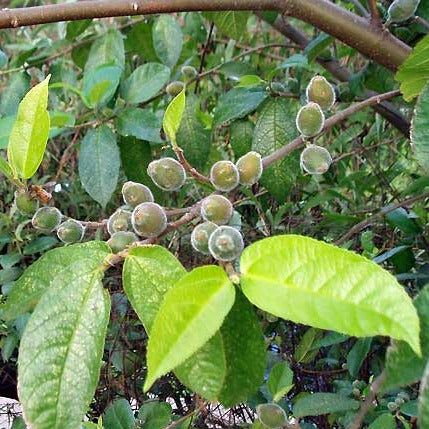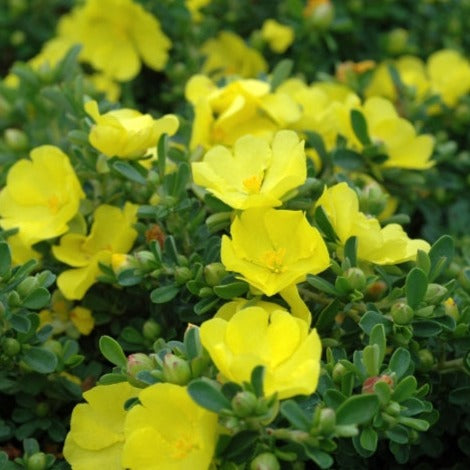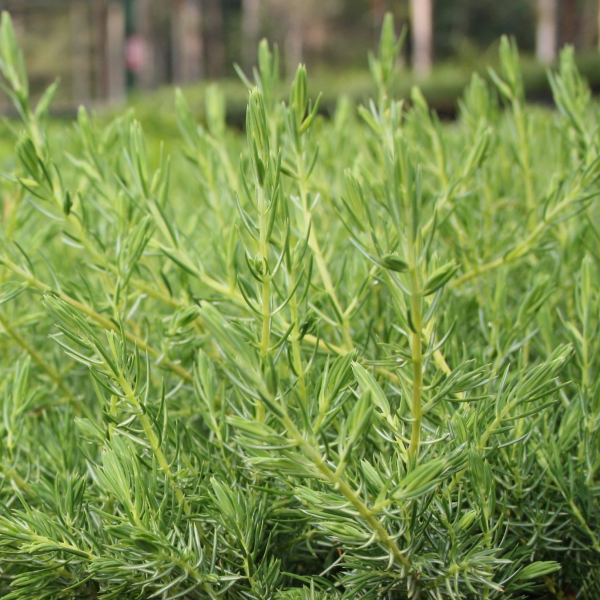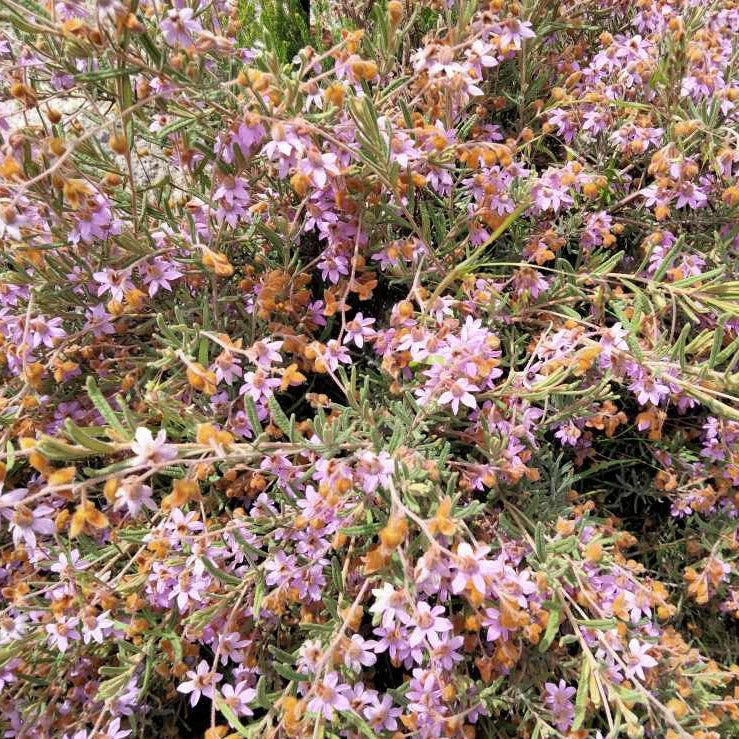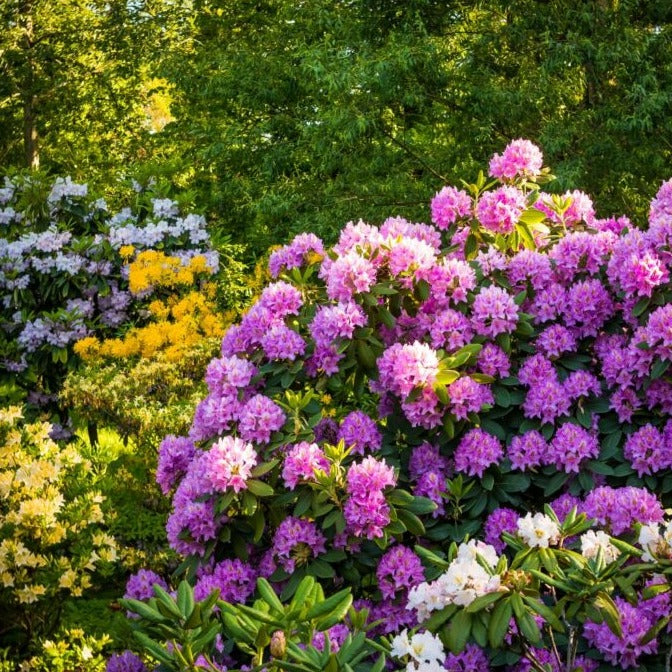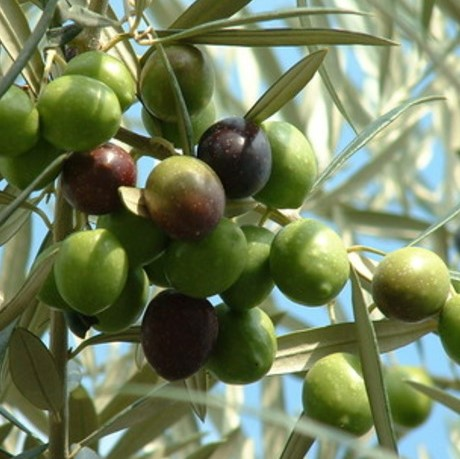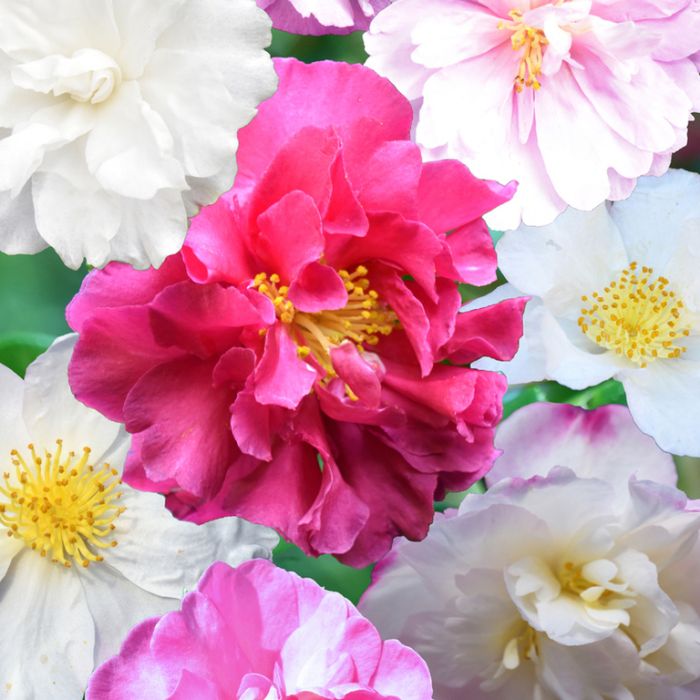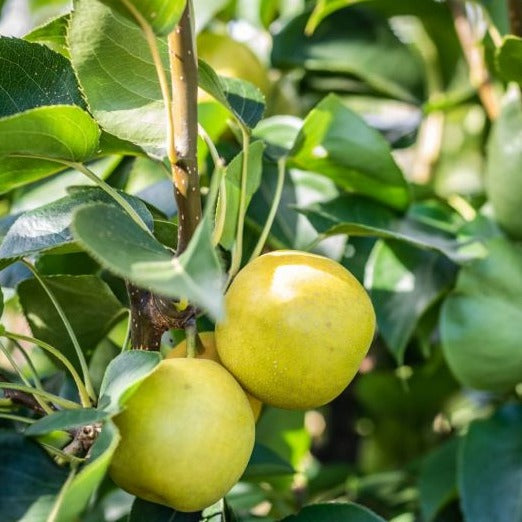Ficus Coronata “Sandpaper Fig”
Common Name: Sandpaper Fig Ficus carica, or the Common Fig, is a deciduous shrub or small tree known for its large, lobed leaves and sweet, edible fruits. The leaves are rough in texture, and the fruits, technically inverted flowers, come in various colors, including green, purple, or brown. Common Figs thrive in full sun, prefer […]
Ficus Coronata “Sandpaper Fig” Read More »
